CES is full to the brim of awe-inspiring and excitable tech; it’s easy to lose sight of the lesser brands and the underdog products that get less attention. However, the feeling is most certainly mutual across all design articles and reporters of CES when I say my favorite product of the whole convention is My Special Aflac Duck – a robotic toy duck designed to help children diagnosed with cancer cope through their treatments.
This duck is no ordinary duck, accompanied by an array of RFID tags; this guy can relay the emotions of the child by having them place an emoji disc to the chest of the duck. Depending on the disc chosen, the duck will communicate the feeling with a positive or negative chirp/groan.
What’s truly remarkable is that My Special Aflac Duck comes with its own IV kit, allowing the child to administer meds to the duck, similar to that of chemotherapy, lessening the fear and anxiety around it.
When the duck is in IV mode, it’s head will vibrate and pulse in a heartbeat-like pattern – alleviating stress and focusing the child on a steady breathing pattern. On top of this, the duck’s fur can be removed and washed to ensure optimal cleanliness throughout hospital trips.
What’s really special about all of My Special Aflac Duck’s accessories, is the rocket ship. Using the accompanying app, the child can pick their happy place (whether it be the jungle, the sea, a rollercoaster) and once the rocket ship is placed against the duck’s chest, like the RFID disks, it will play a sound from this scene – transforming the hospital room into that special place within seconds.
As if it couldn’t get any better, it does. My Special Aflac Duck isn’t available in the shops, not now, not ever. Aflac plans to give My Special Aflac Duck for free to kids diagnosed with cancer across the US, with the hopes of getting this special guy to thousands of kids by the end of this year.
Designer: Aflac & Sproutel
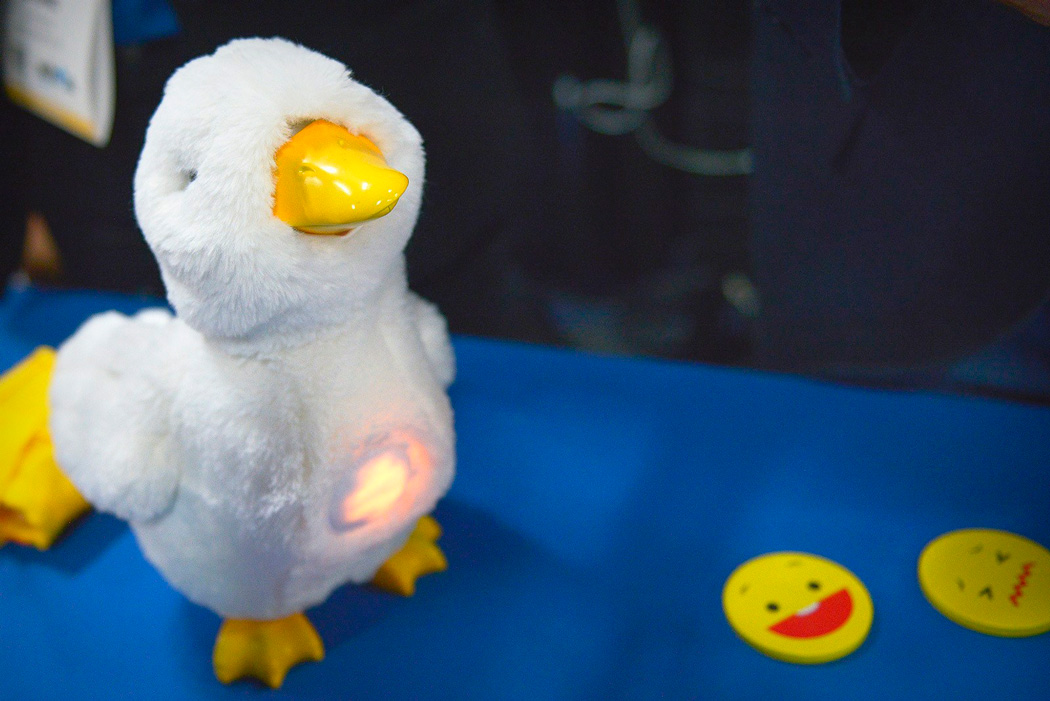
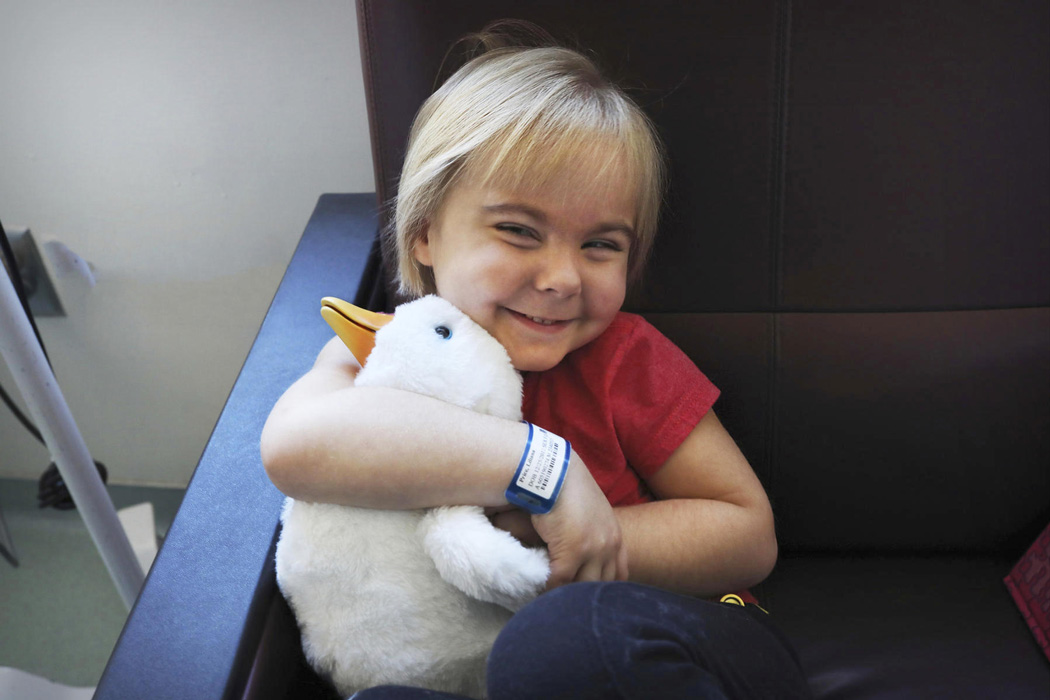
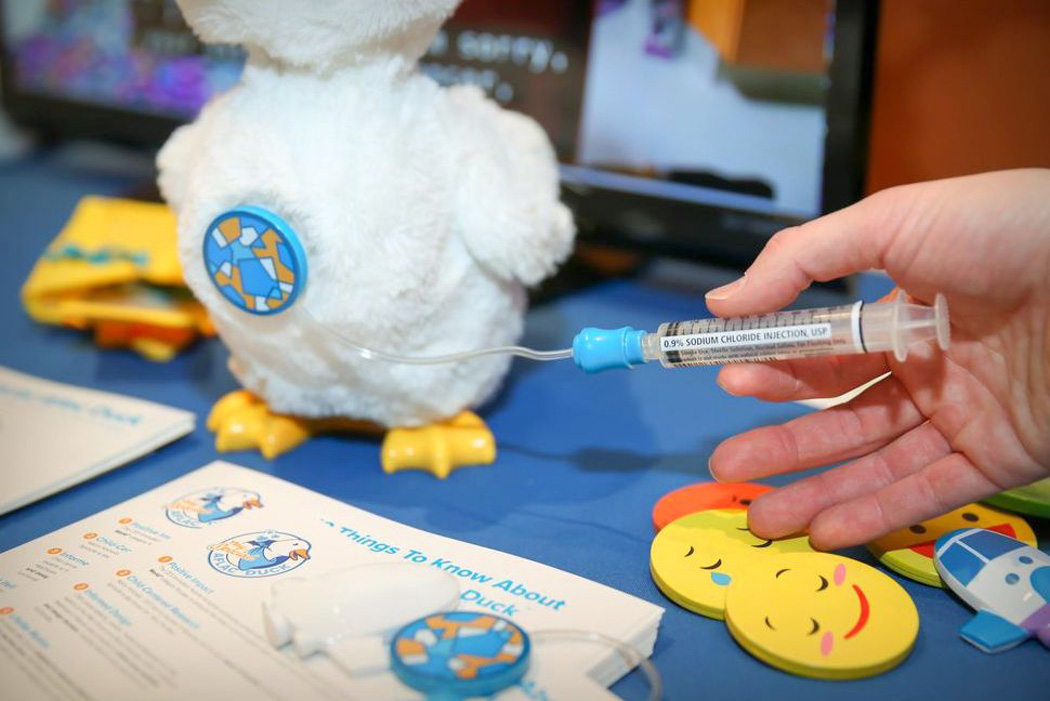
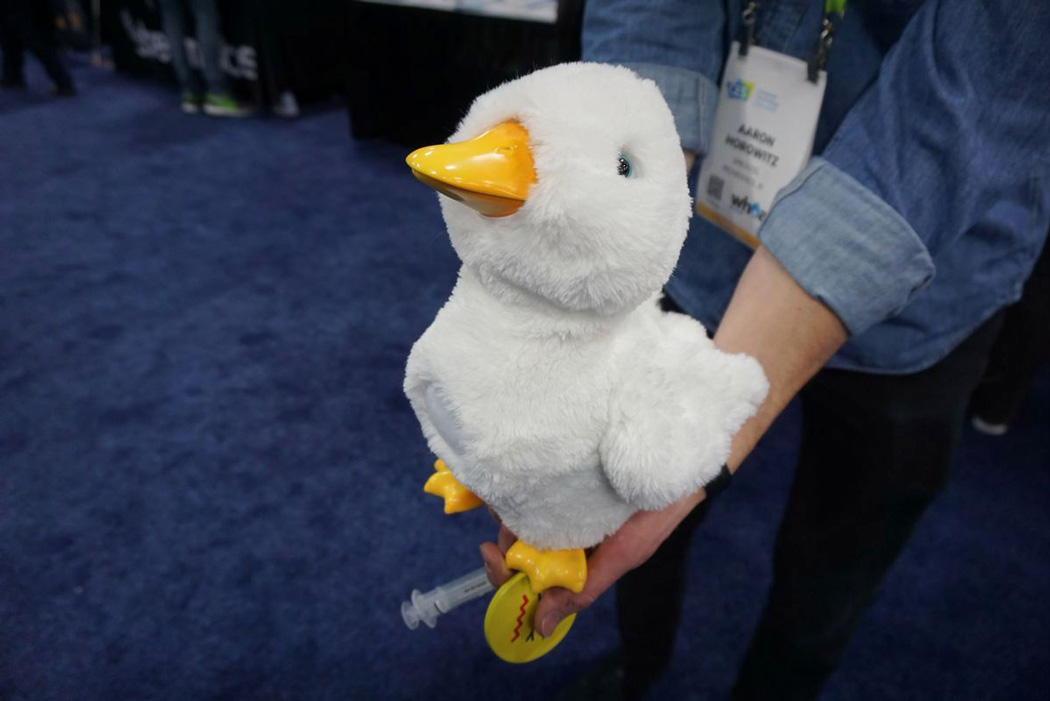

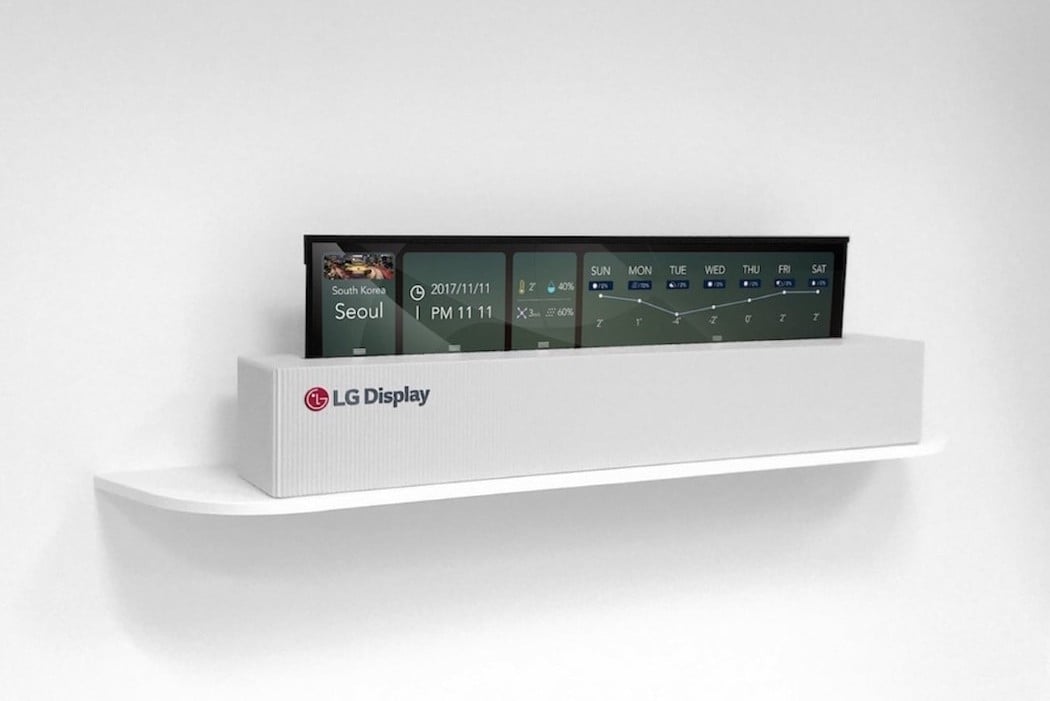
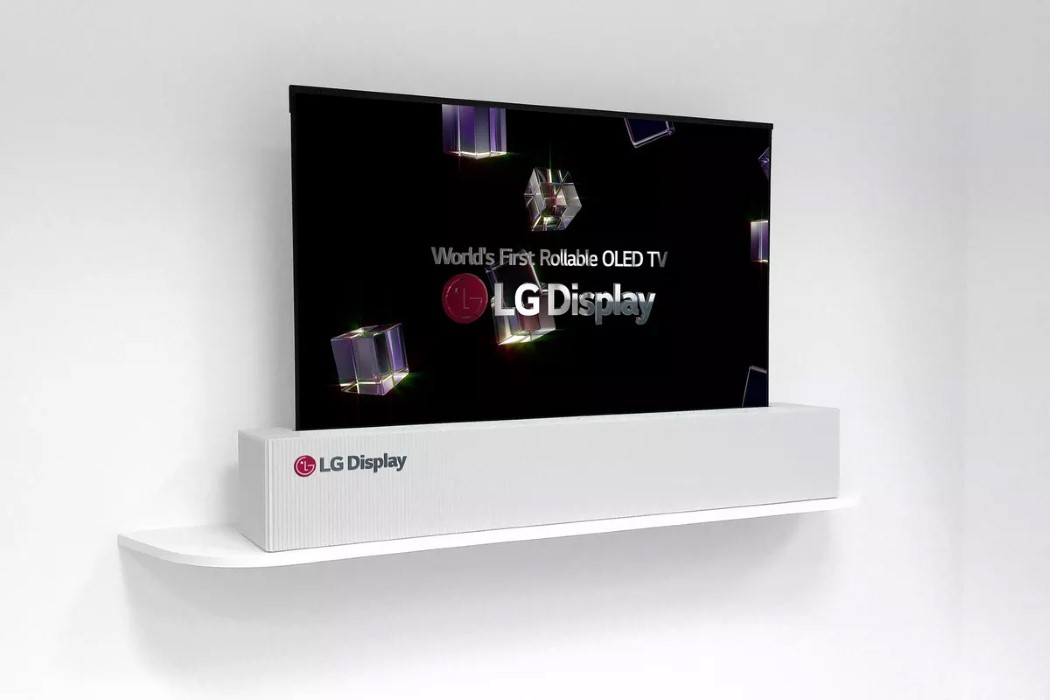
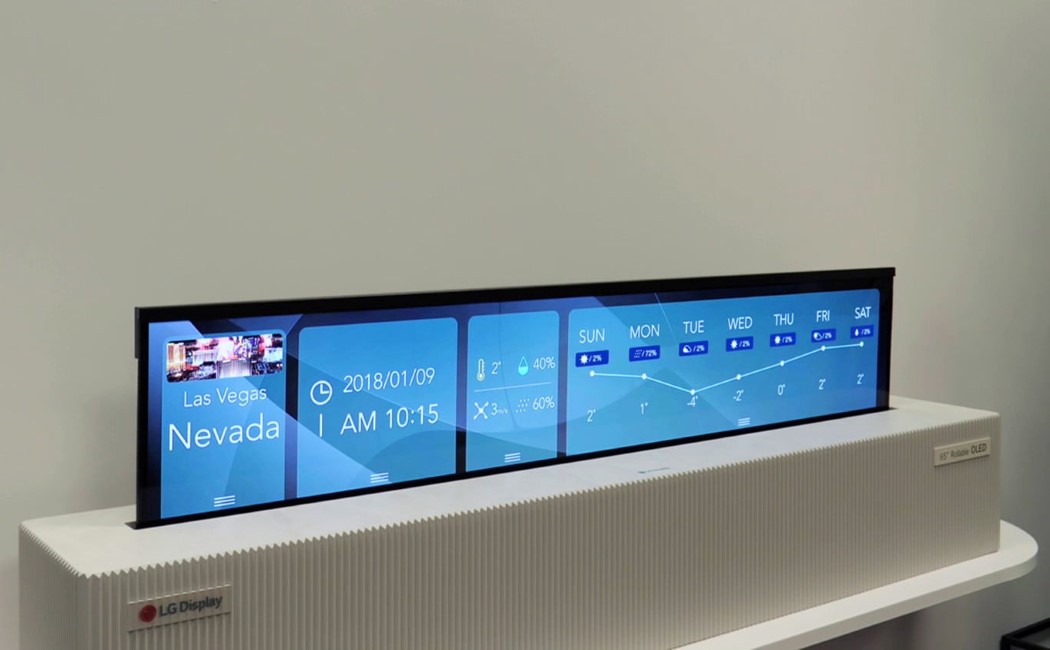
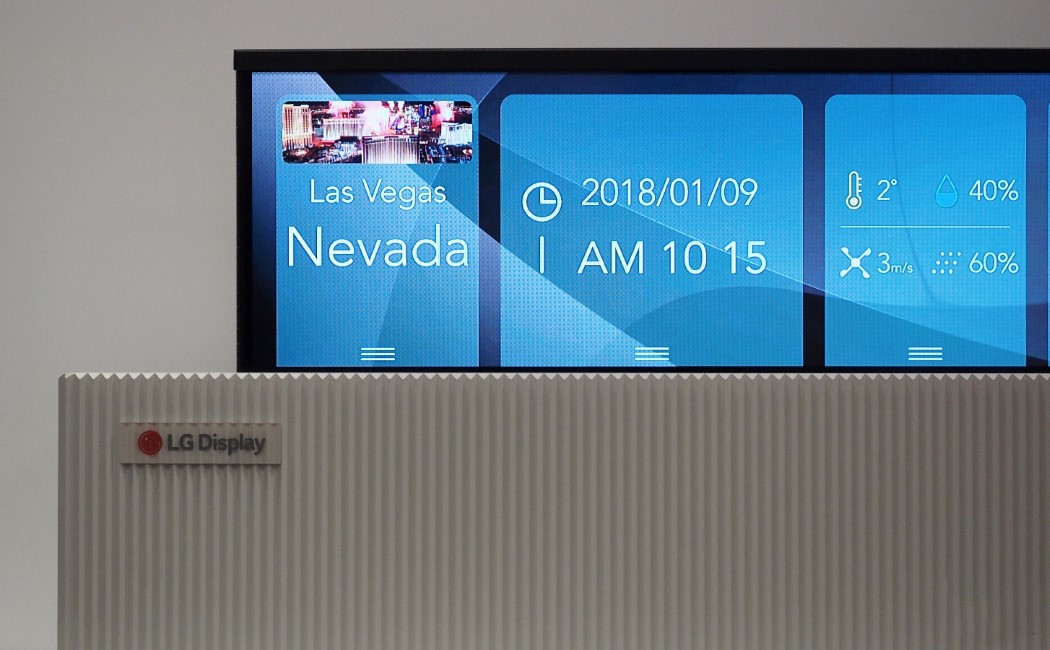
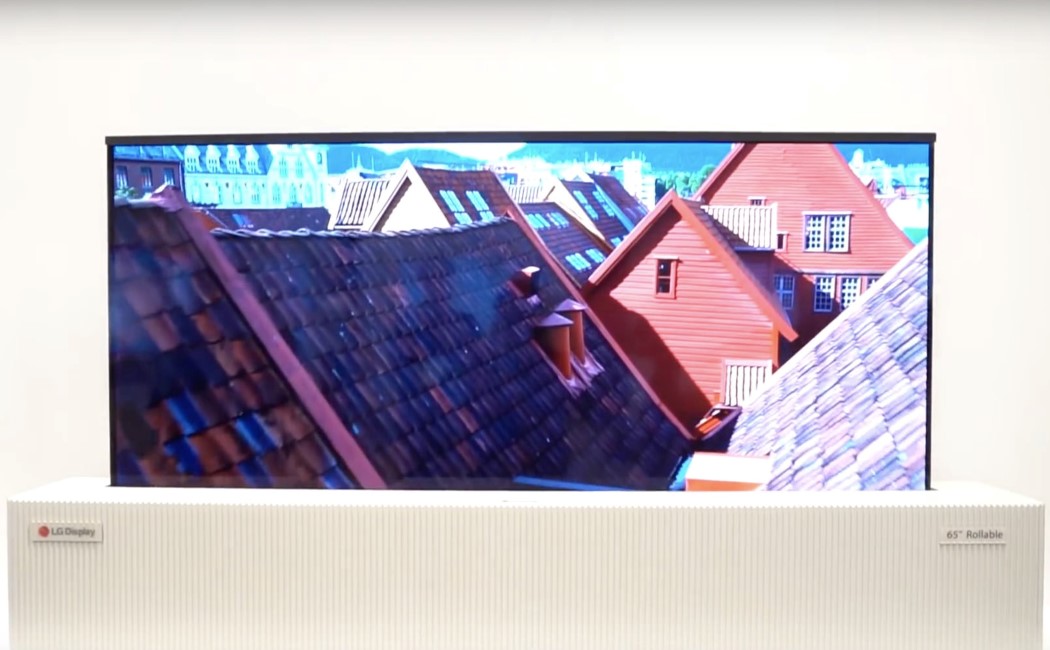
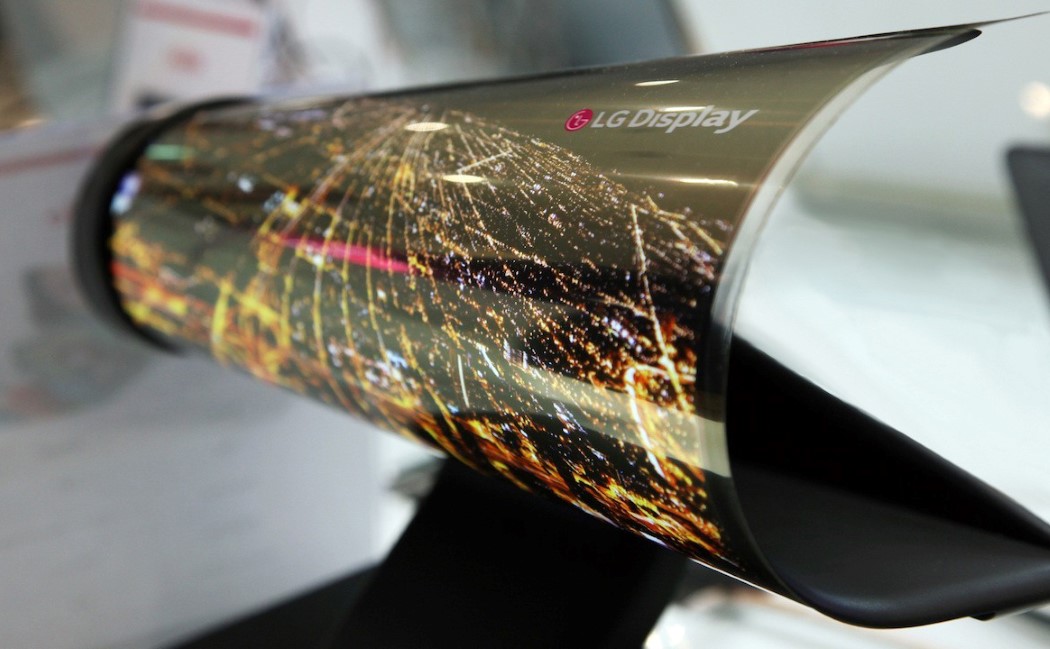
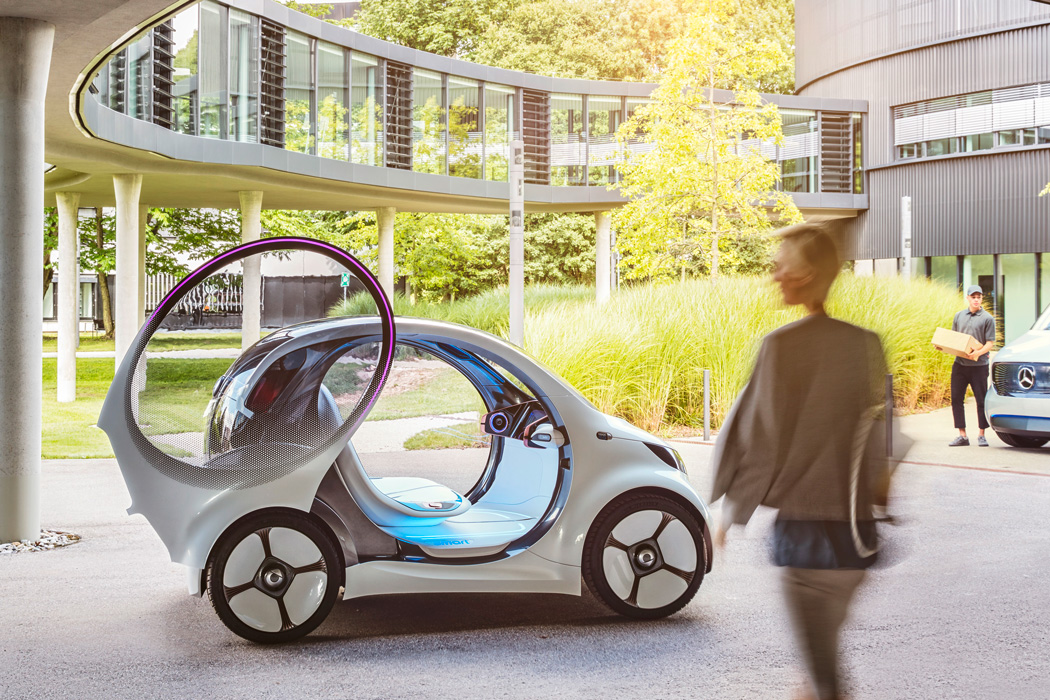
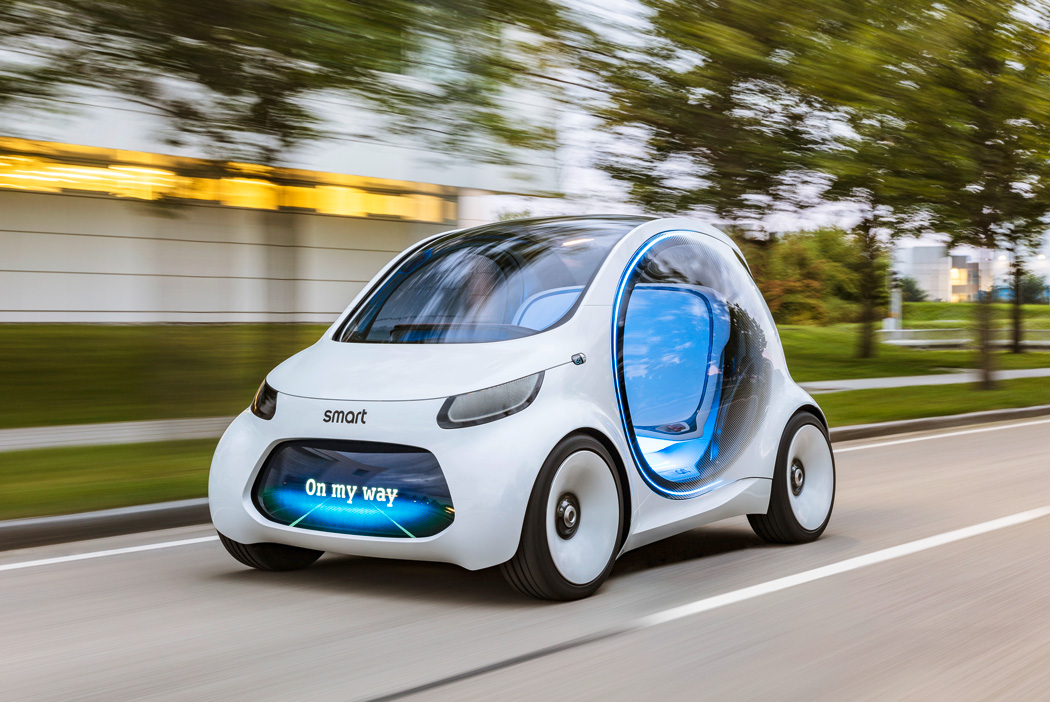
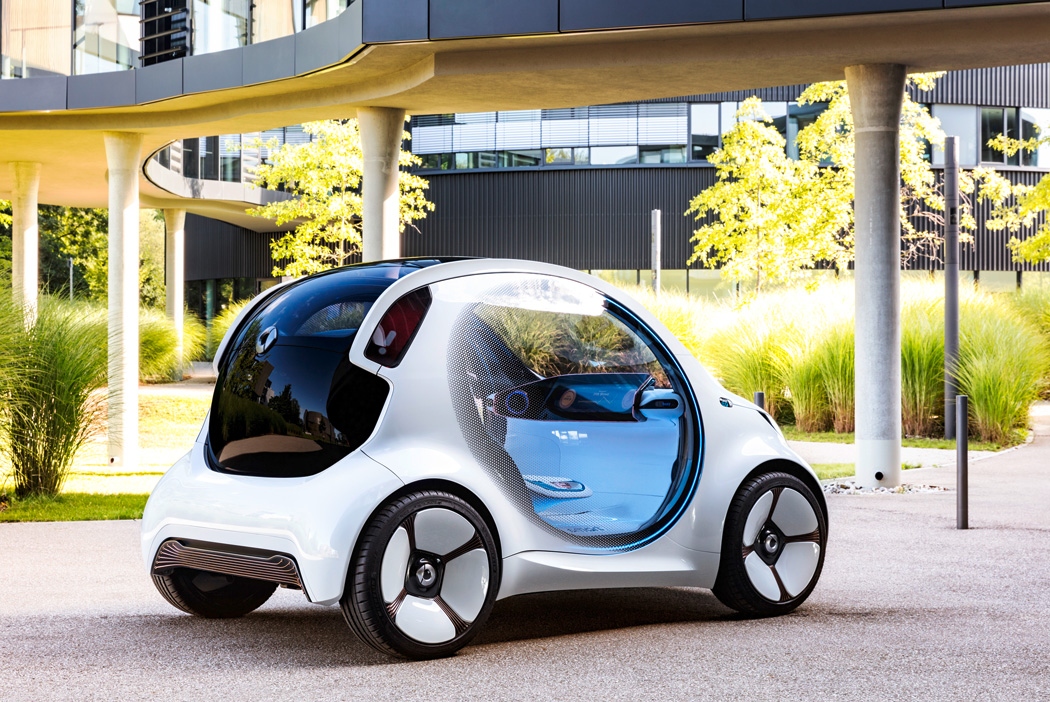
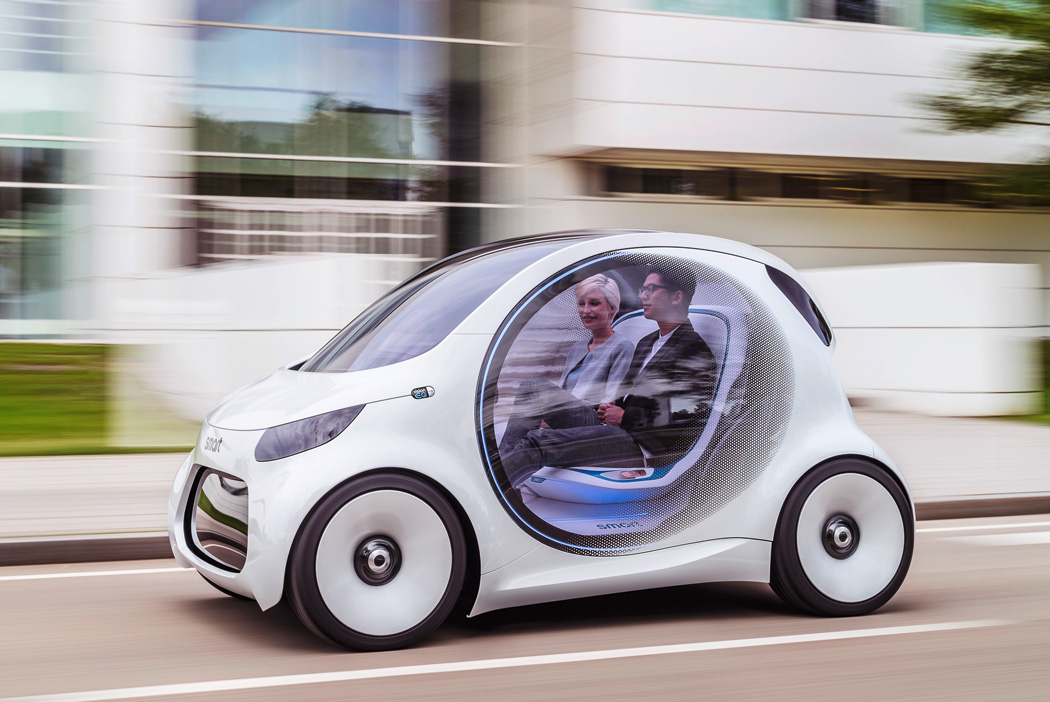
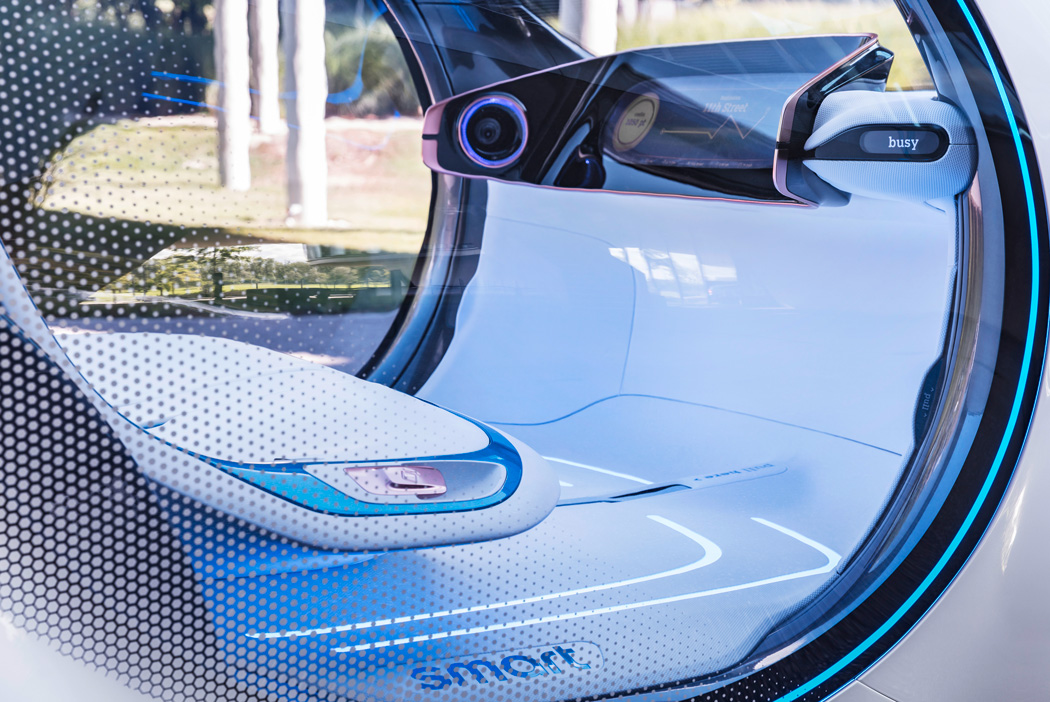
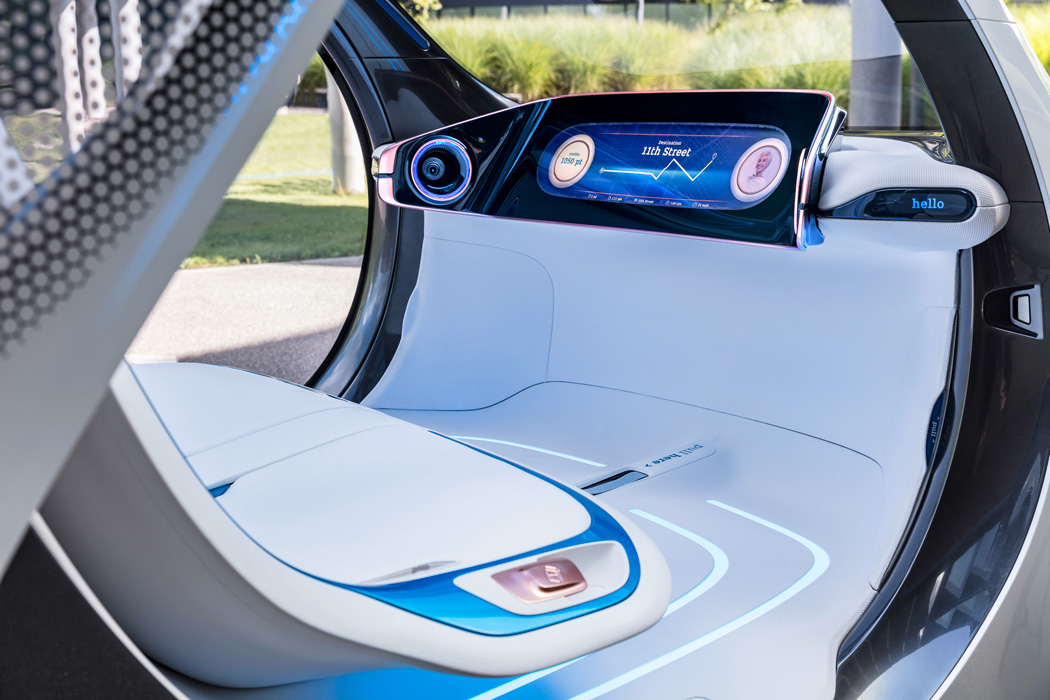
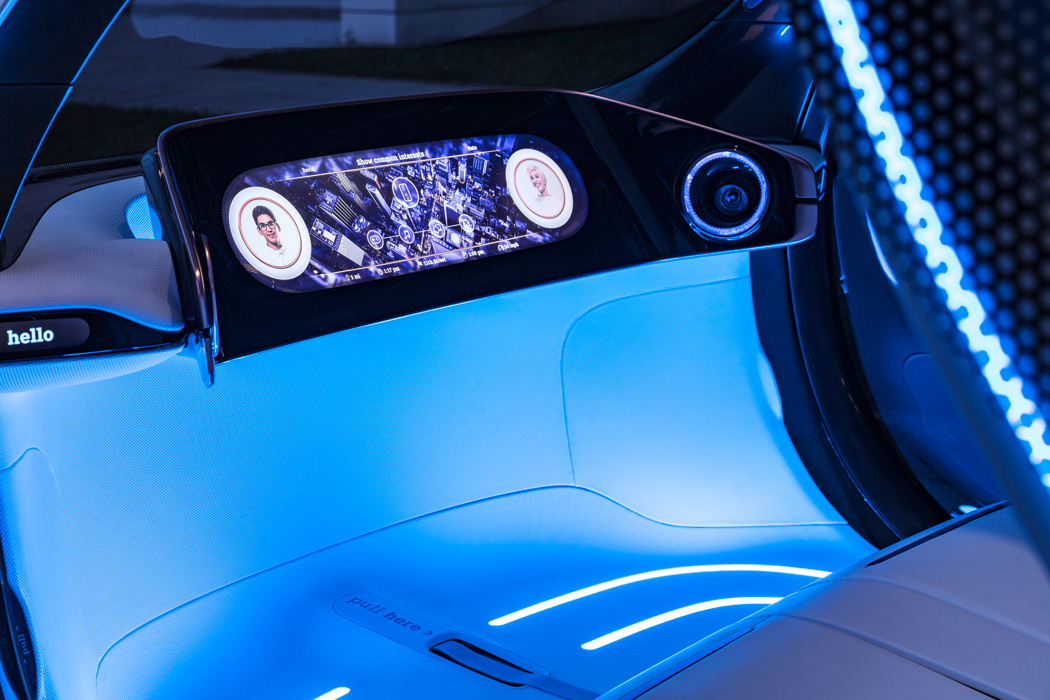
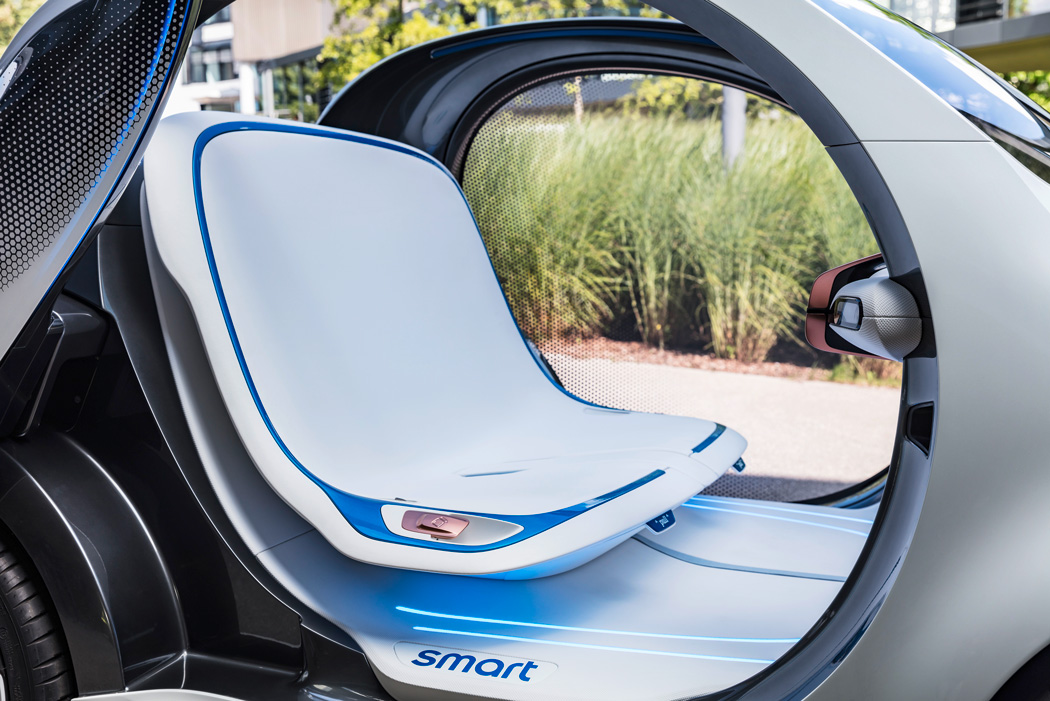
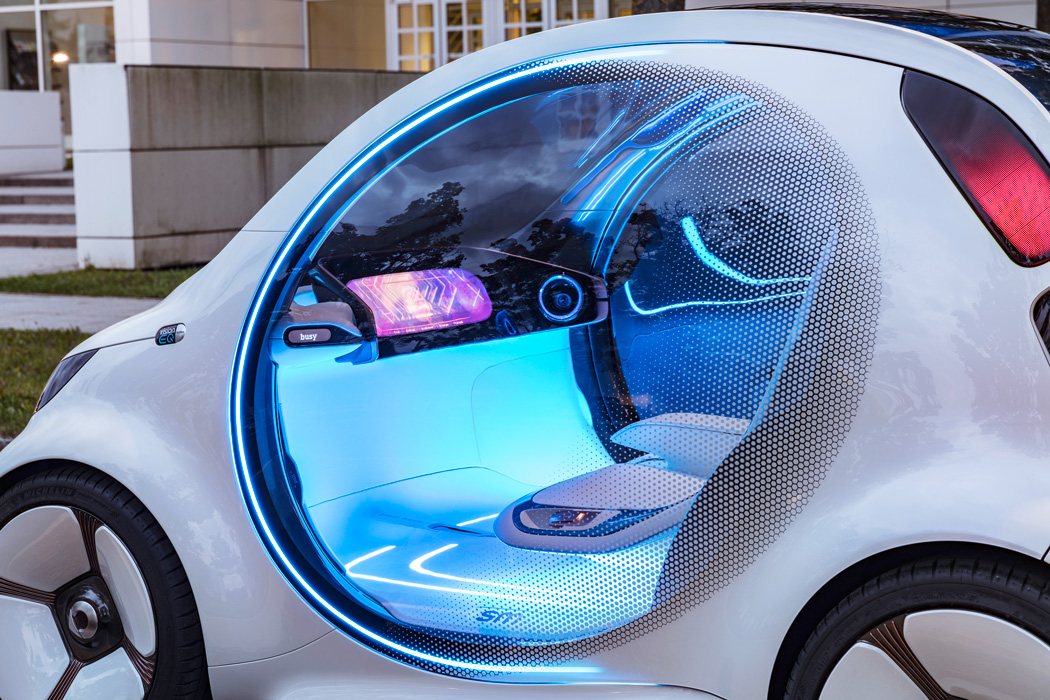
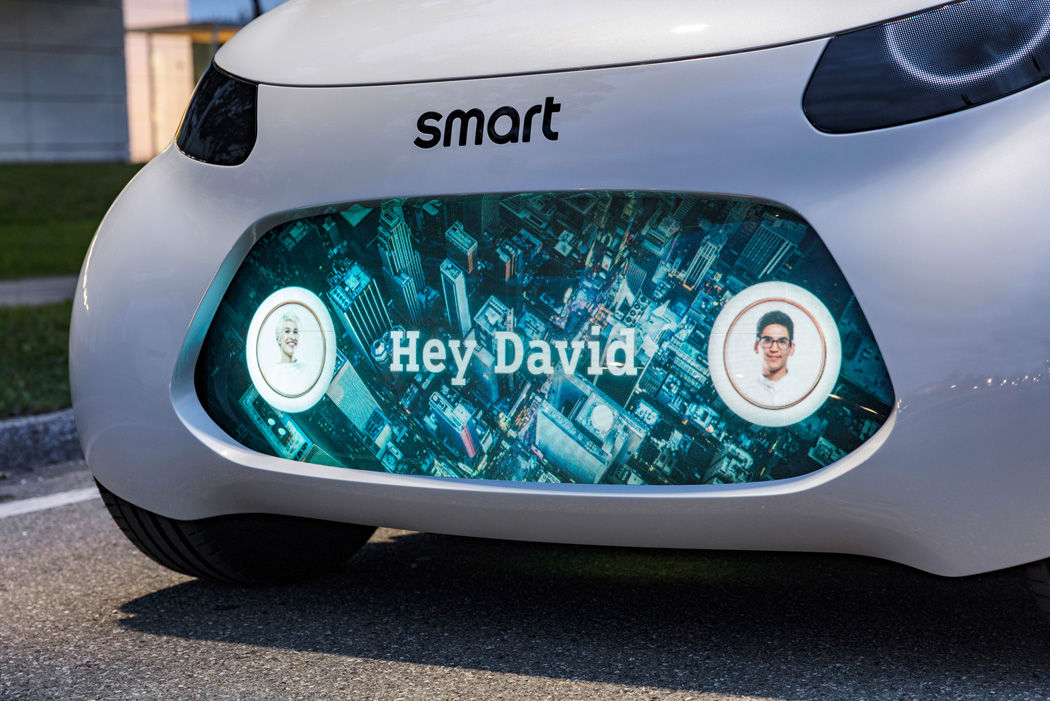
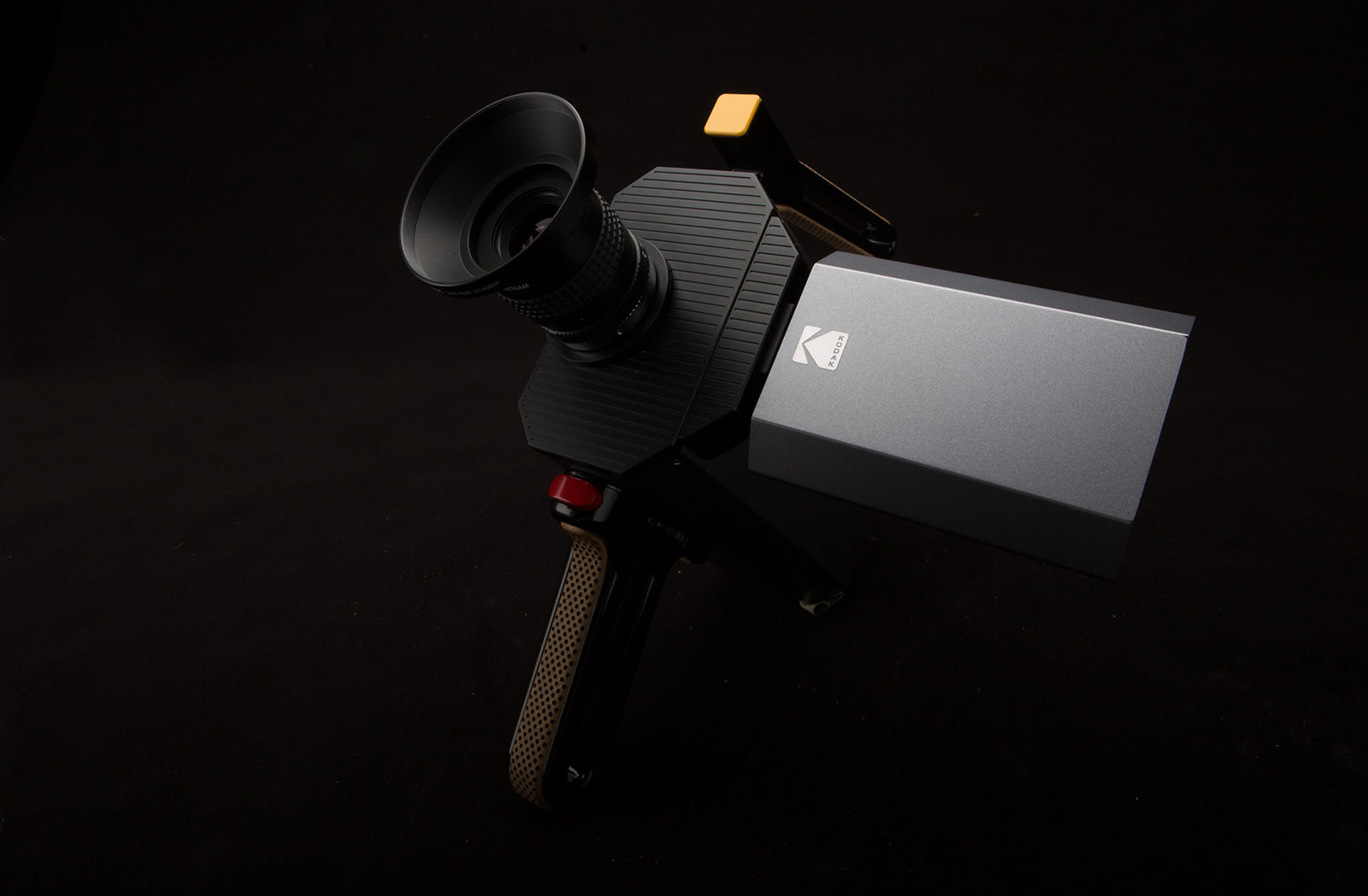 Even if you think that film has had its day, there's no denying it evokes a dreamy nostalgia that digital video can't match. Kodak got a lot of folks, including A-list Hollywood directors, excited about its hybrid Super 8 camera based on that idea, a...
Even if you think that film has had its day, there's no denying it evokes a dreamy nostalgia that digital video can't match. Kodak got a lot of folks, including A-list Hollywood directors, excited about its hybrid Super 8 camera based on that idea, a...
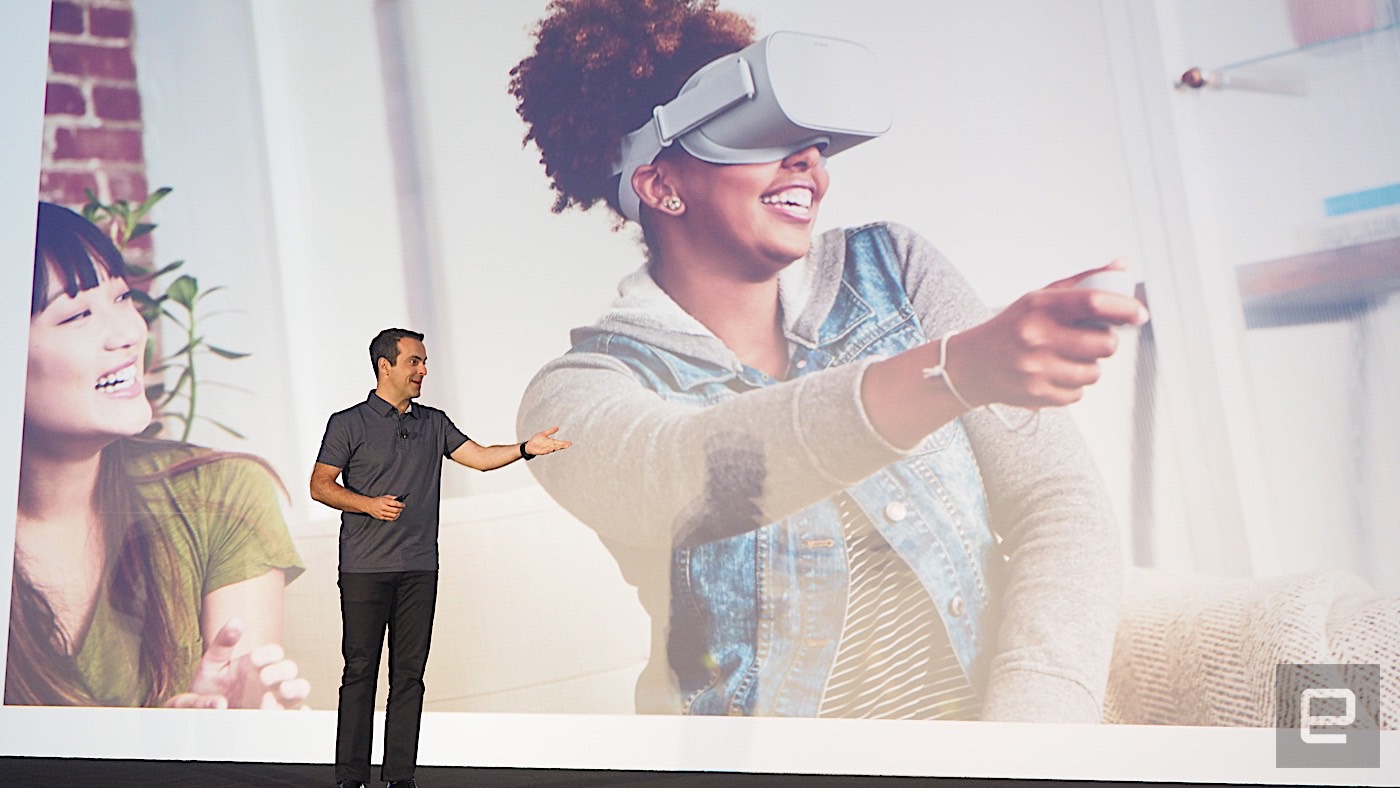 Even though Oculus didn't have an official presence at CES this year, its leader, Hugo Barra, made a surprise appearance at Qualcomm's press conference to make an important announcement: Xiaomi would be its global hardware partner for Oculus Go, its...
Even though Oculus didn't have an official presence at CES this year, its leader, Hugo Barra, made a surprise appearance at Qualcomm's press conference to make an important announcement: Xiaomi would be its global hardware partner for Oculus Go, its...
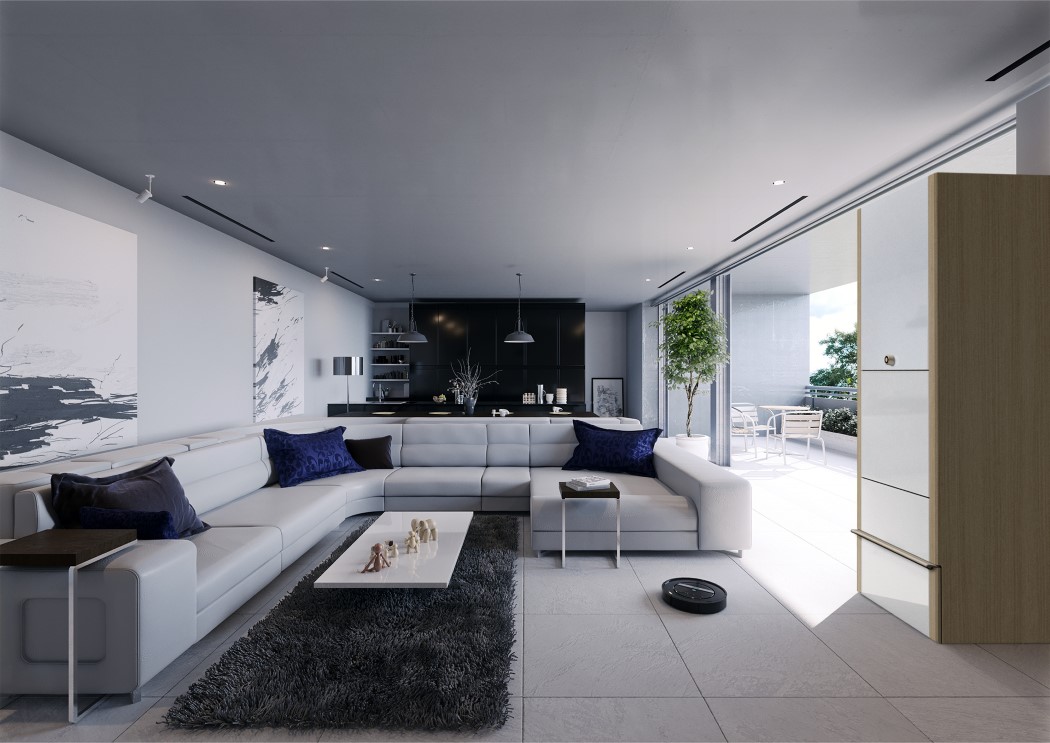
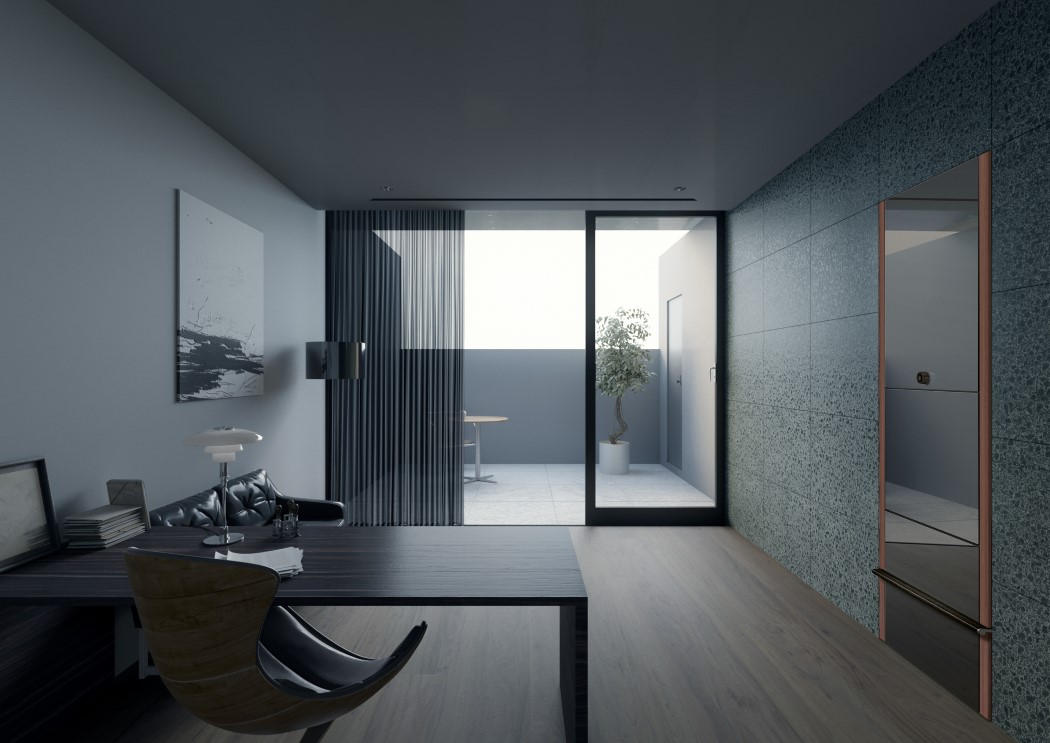
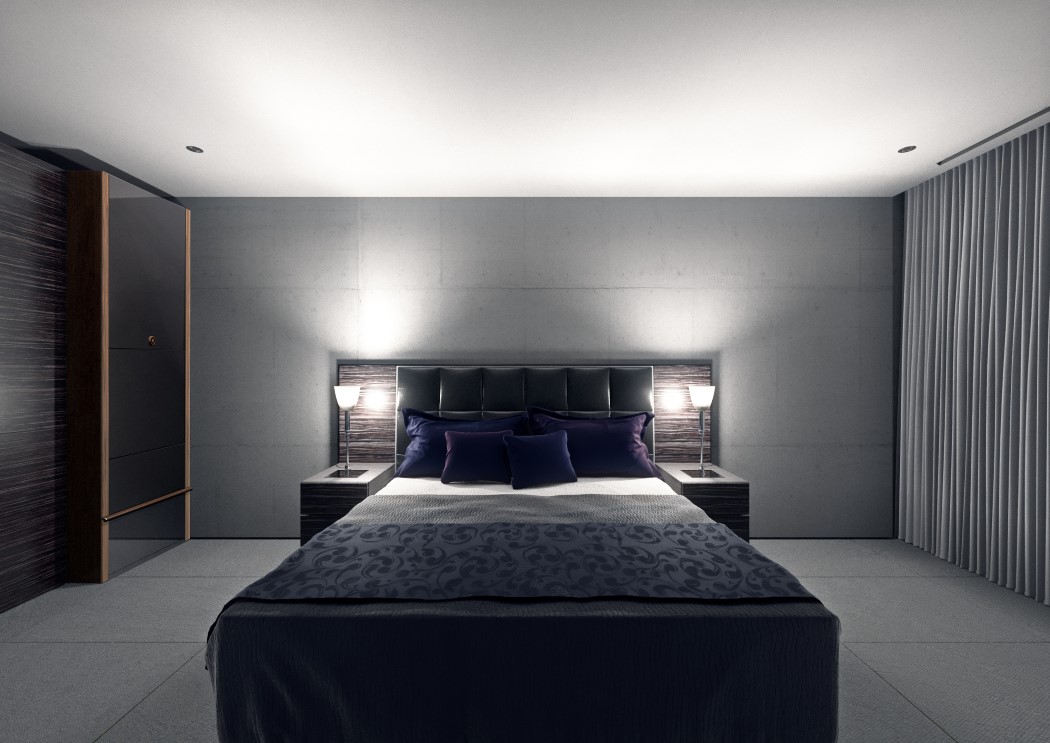
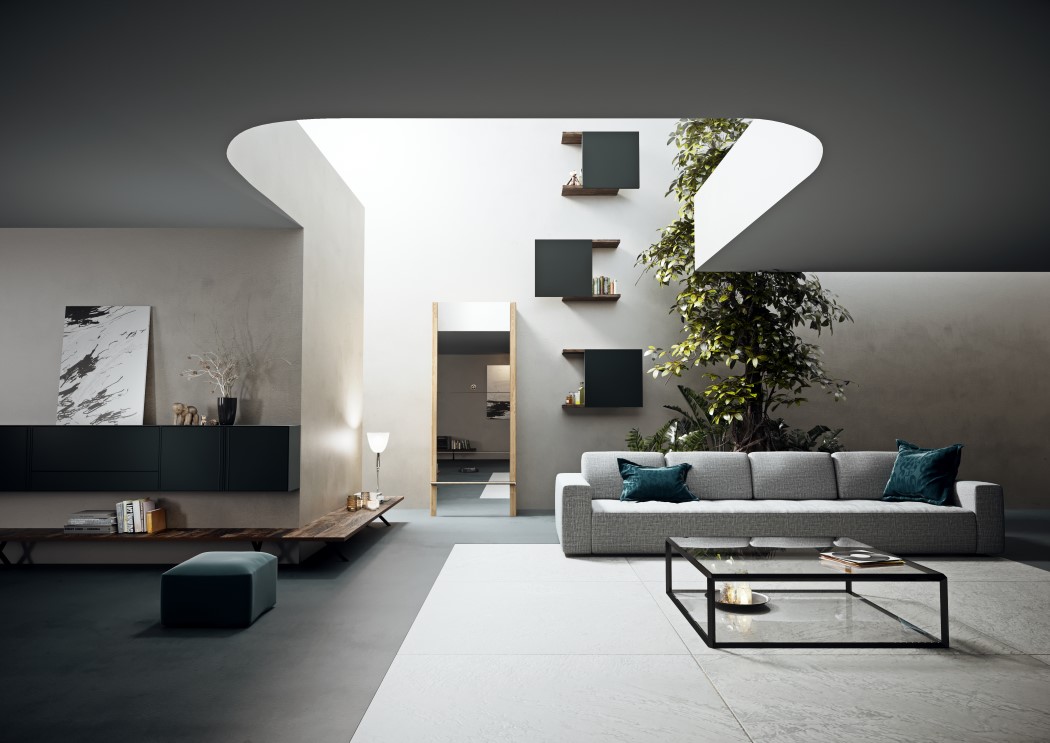
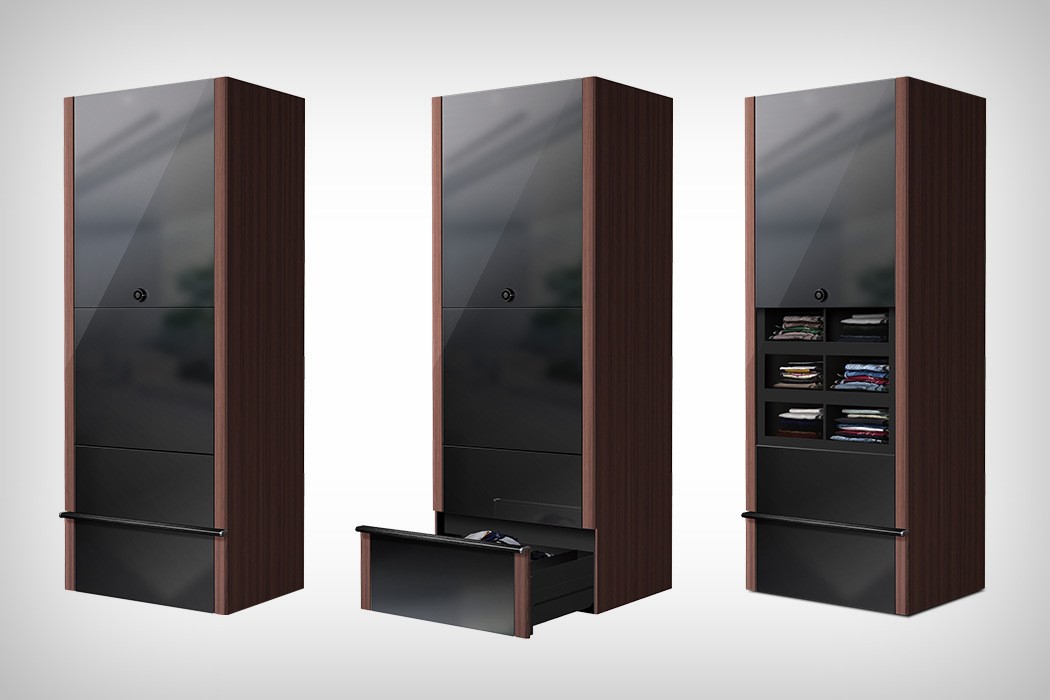
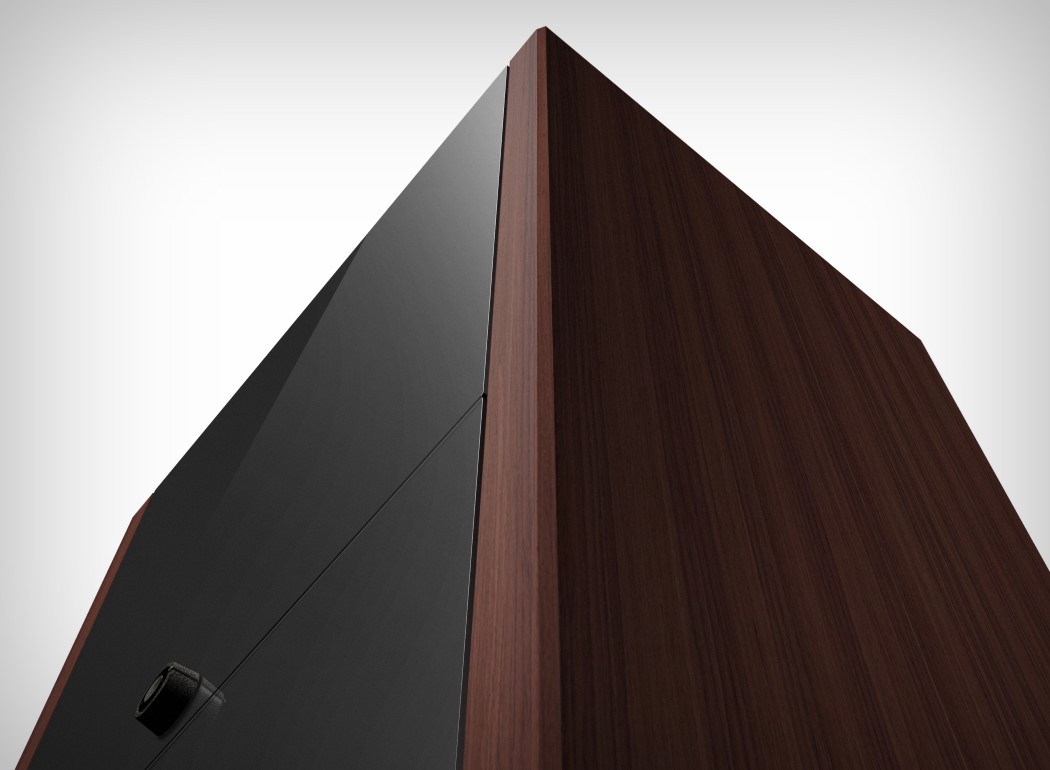
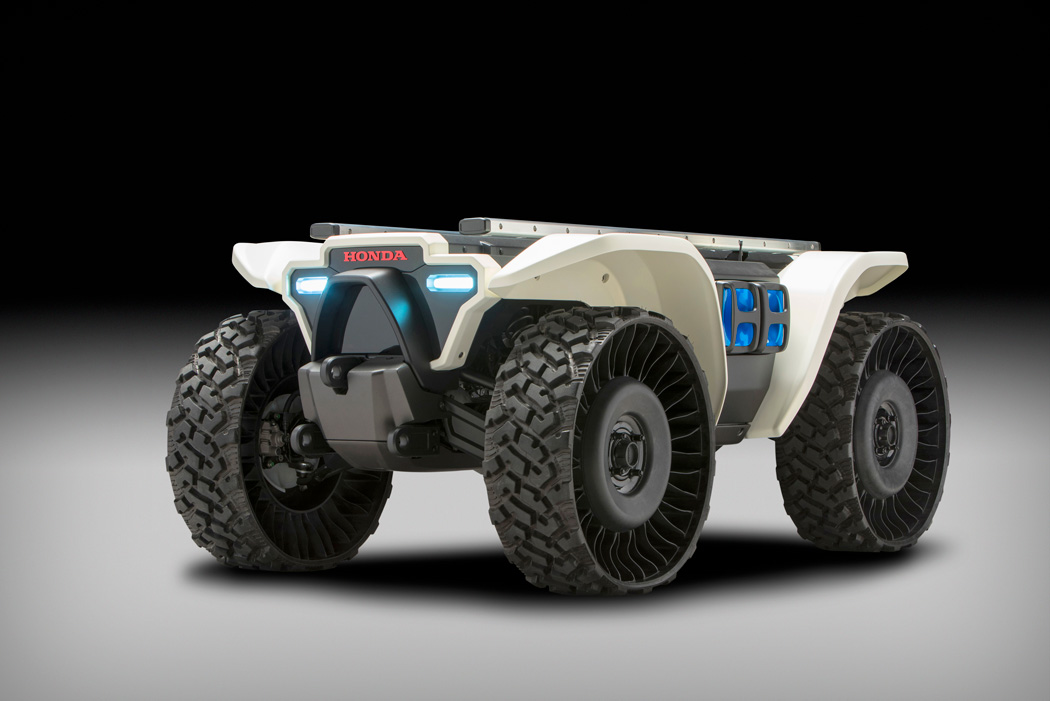
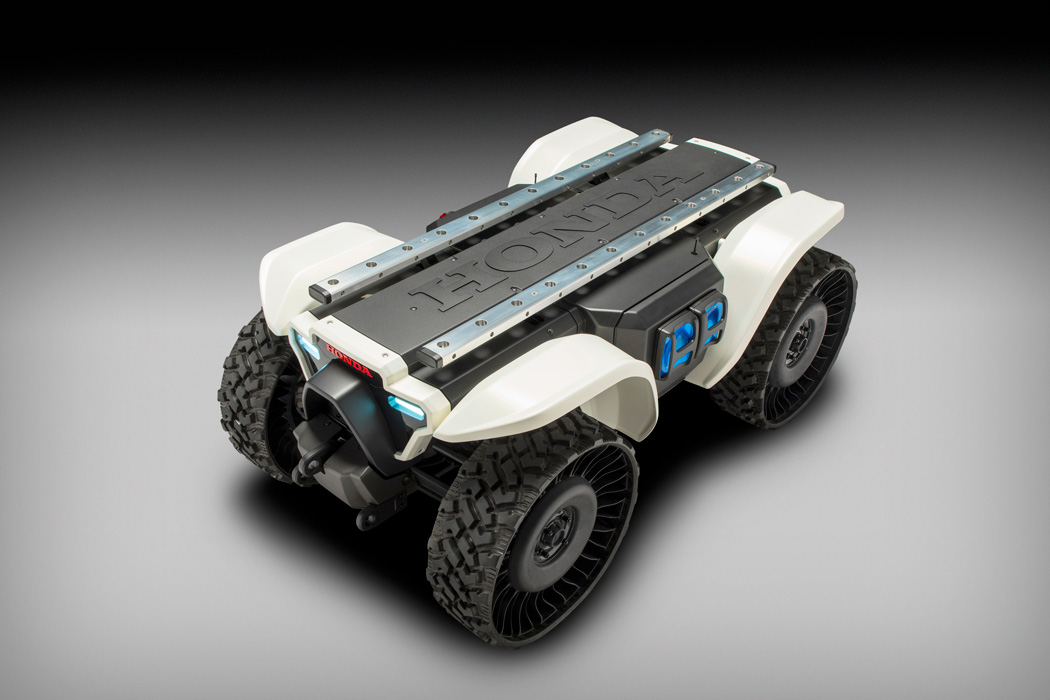
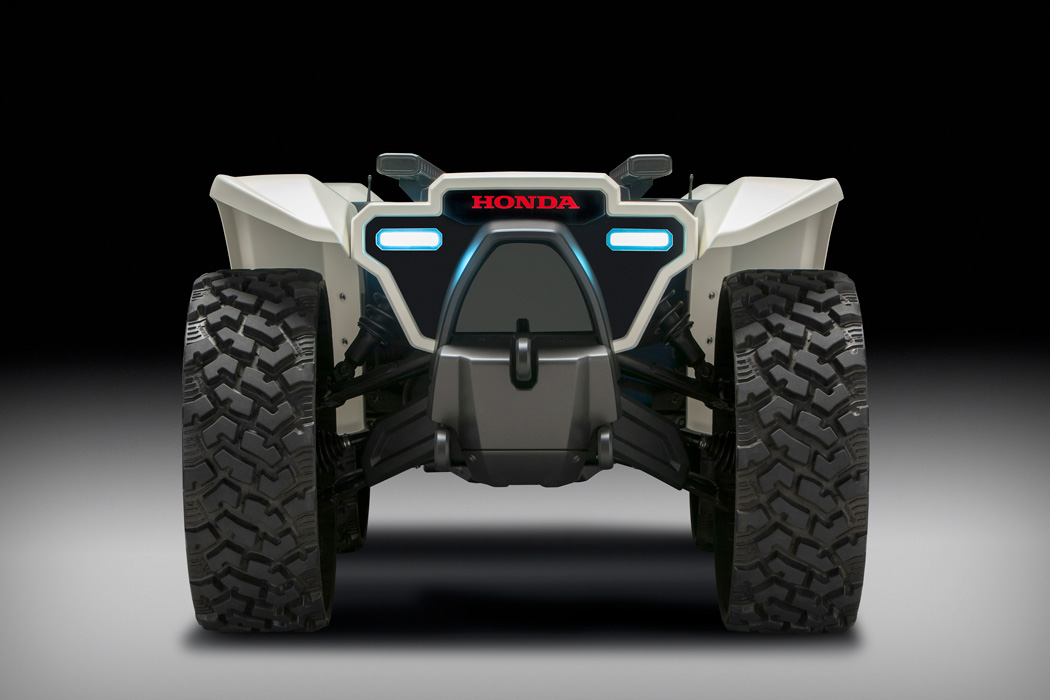
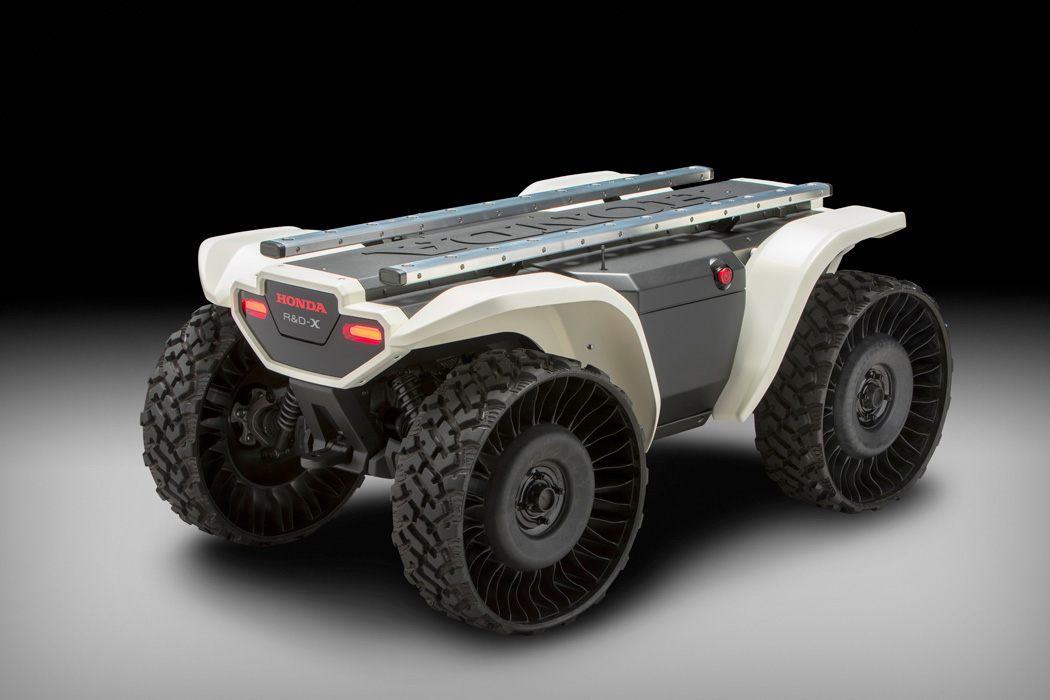
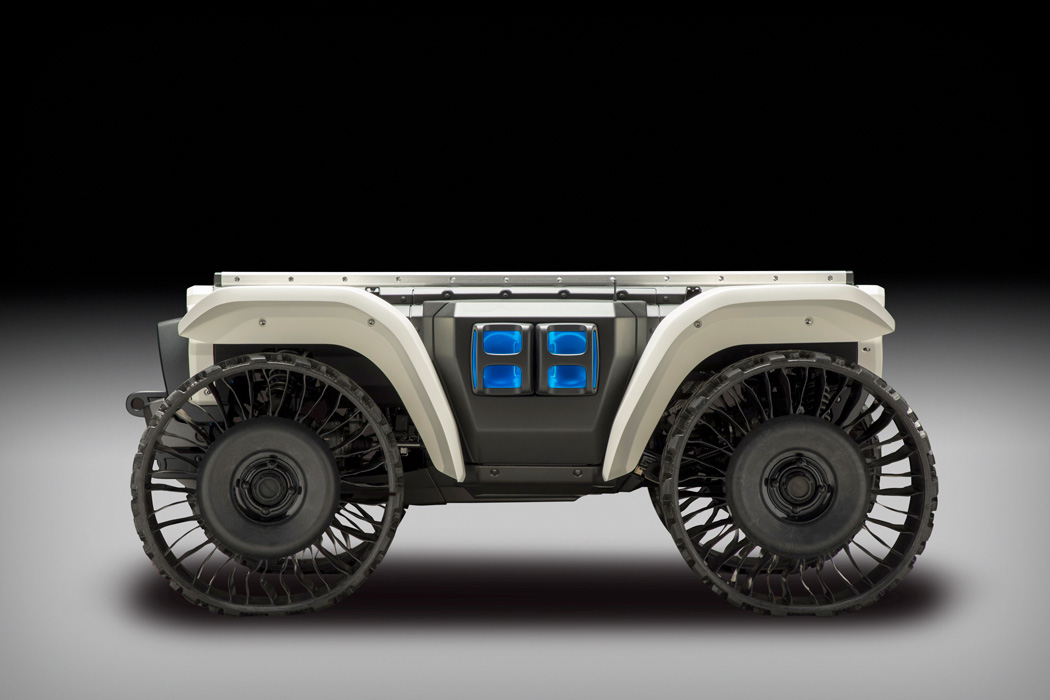
 There's a spot on the corner of Paradise Road and Sahara Avenue in Las Vegas where you can stand, facing the convention center, and see ads for Huawei, Hisense, Bosch and naked women. The tech-branded tents and billboards have now disappeared, soon r...
There's a spot on the corner of Paradise Road and Sahara Avenue in Las Vegas where you can stand, facing the convention center, and see ads for Huawei, Hisense, Bosch and naked women. The tech-branded tents and billboards have now disappeared, soon r...
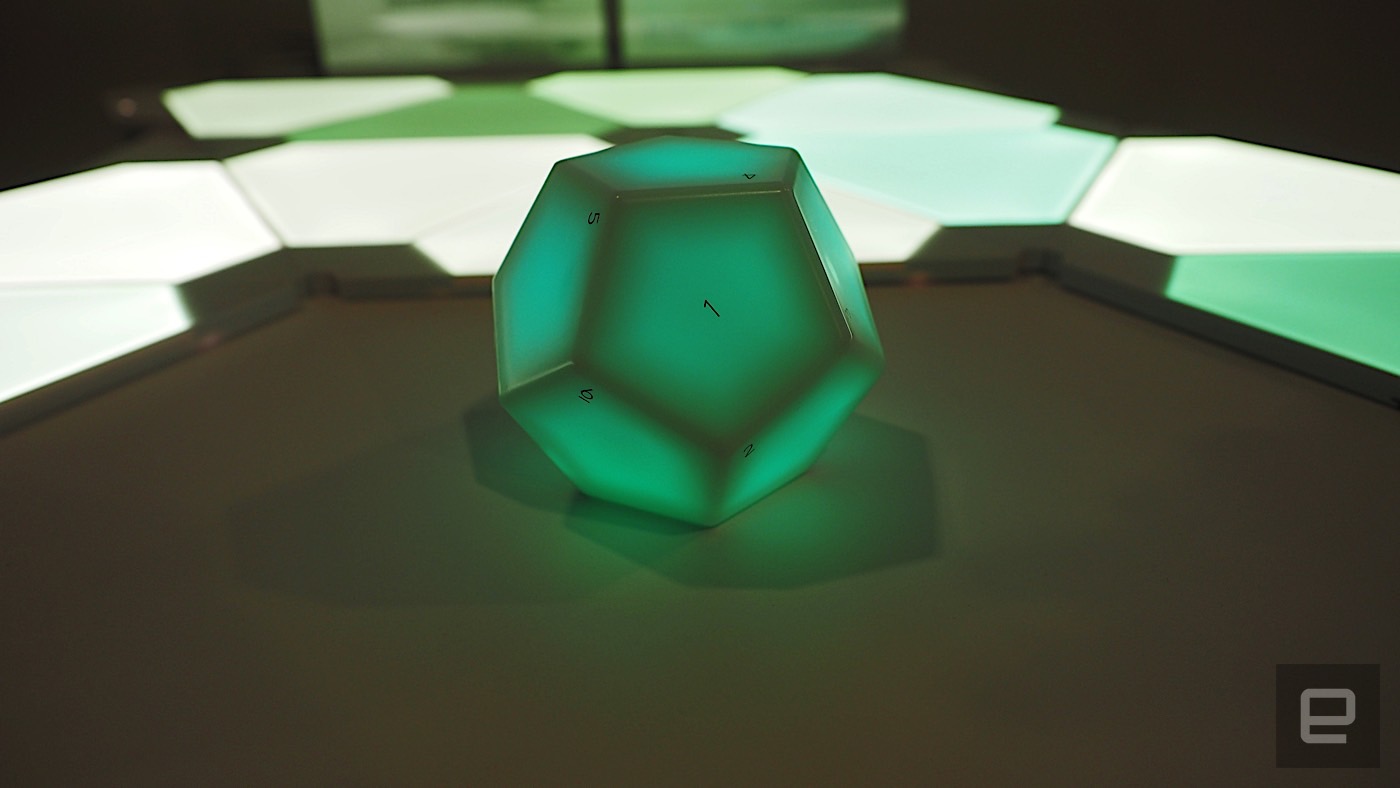 A few months ago, Nanoleaf revealed a "Rhythm Starter Kit" that let you synchronize its colorful Aurora light panels with music. At CES, the company released a product designed to control it and more: the Nanoleaf Remote. But instead of a typical han...
A few months ago, Nanoleaf revealed a "Rhythm Starter Kit" that let you synchronize its colorful Aurora light panels with music. At CES, the company released a product designed to control it and more: the Nanoleaf Remote. But instead of a typical han...
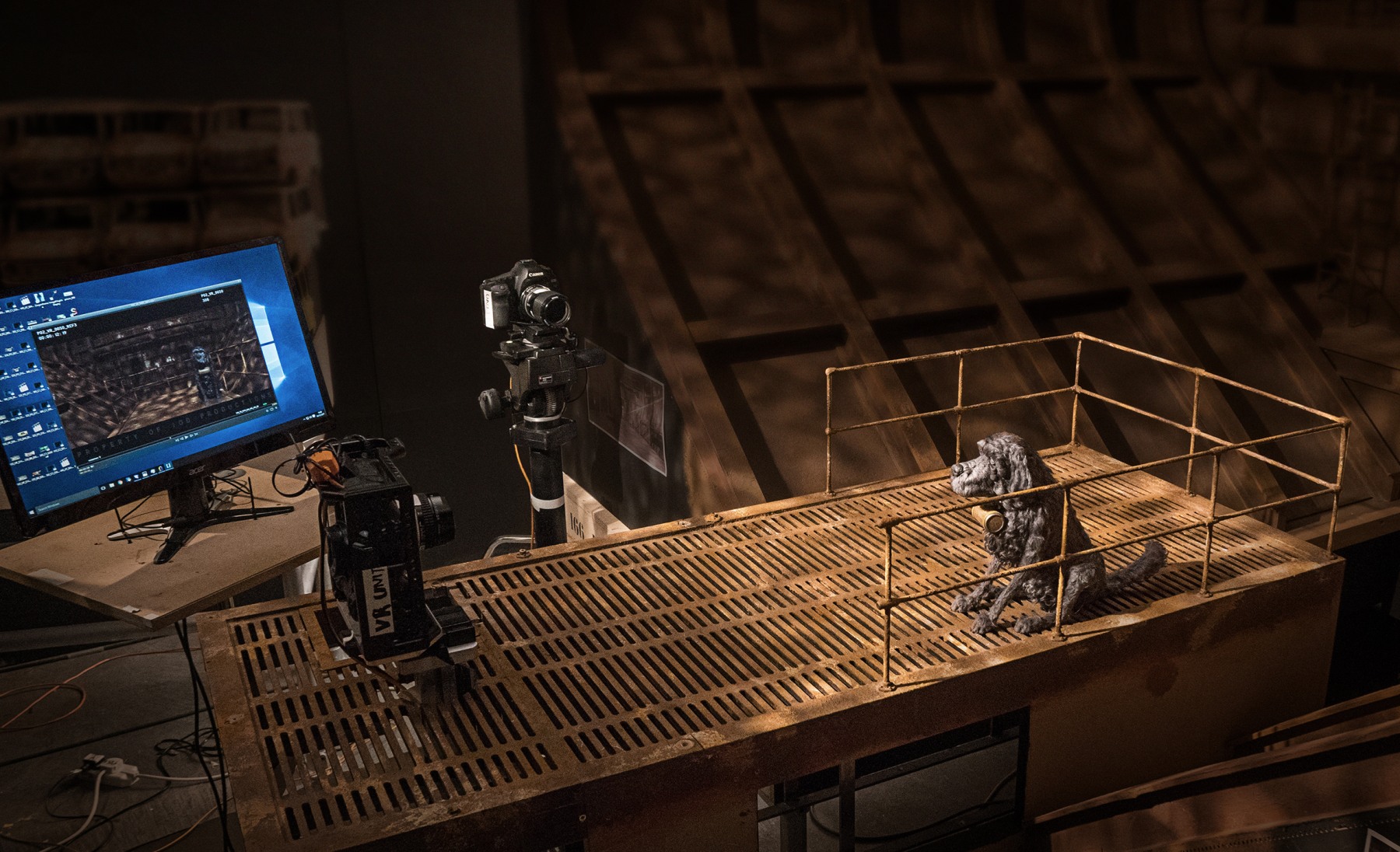 During CES, a Fox Innovation Lab event focused on tech it's pushing this year like HDR10+, but the most important parts were a slick VR experience tied to Wes Anderson's Isle of Dogs and discussion of the recently-launched Movies Anywhere. While VR e...
During CES, a Fox Innovation Lab event focused on tech it's pushing this year like HDR10+, but the most important parts were a slick VR experience tied to Wes Anderson's Isle of Dogs and discussion of the recently-launched Movies Anywhere. While VR e...